Food experts are learning to love fake beef. By the 22nd century, the real thing may be a rarity.
Food experts like Michael Pollan are learning to love fake beef. Will the real thing even exist in the 22nd century?
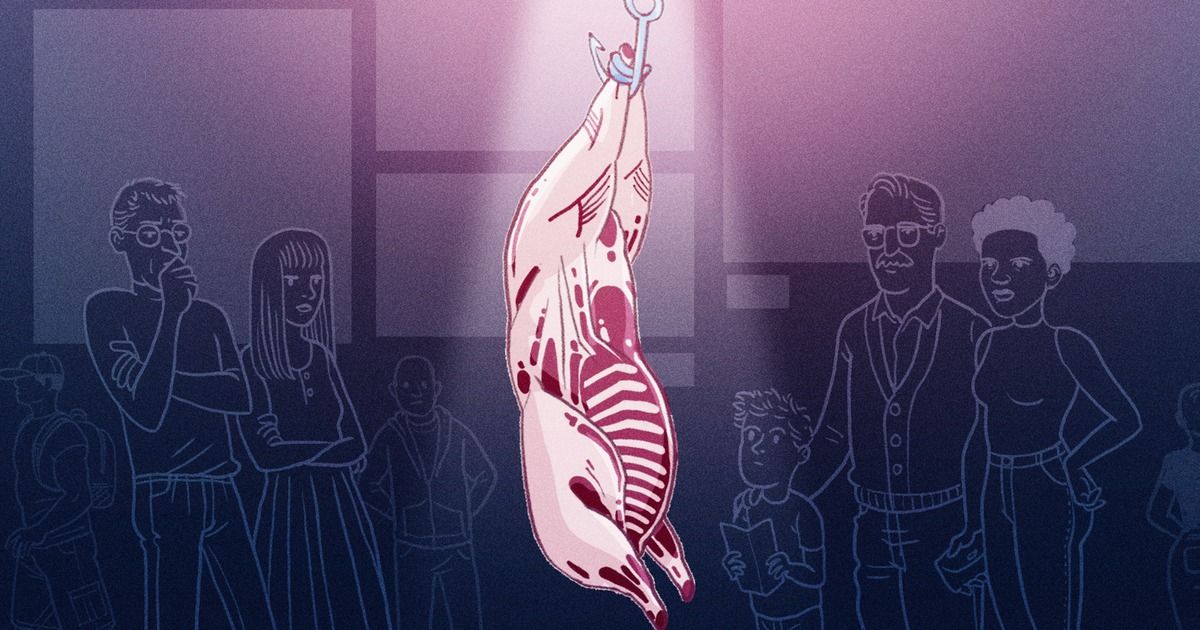
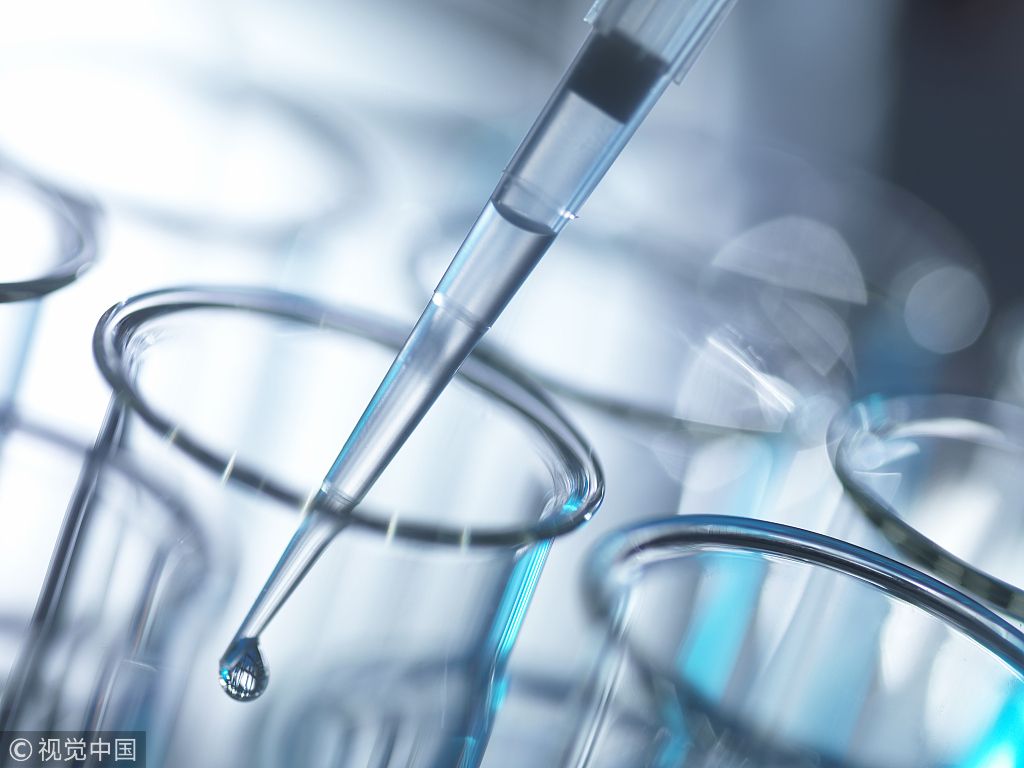
NANJING — Chinese researchers have developed a new evaluating model using medical imaging to help painlessly evaluate tumor progression in patients.
Doctors usually use the biological characteristics of tumors to observe the progress and response to treatment, such as if there are gene mutations or malignant features. Previous studies have shown that identifying the biological characteristics may contribute to better treatment and may increase survival rates.
Traditional methods to get tumor tissue include surgery and puncture, which are invasive, painful and costly.
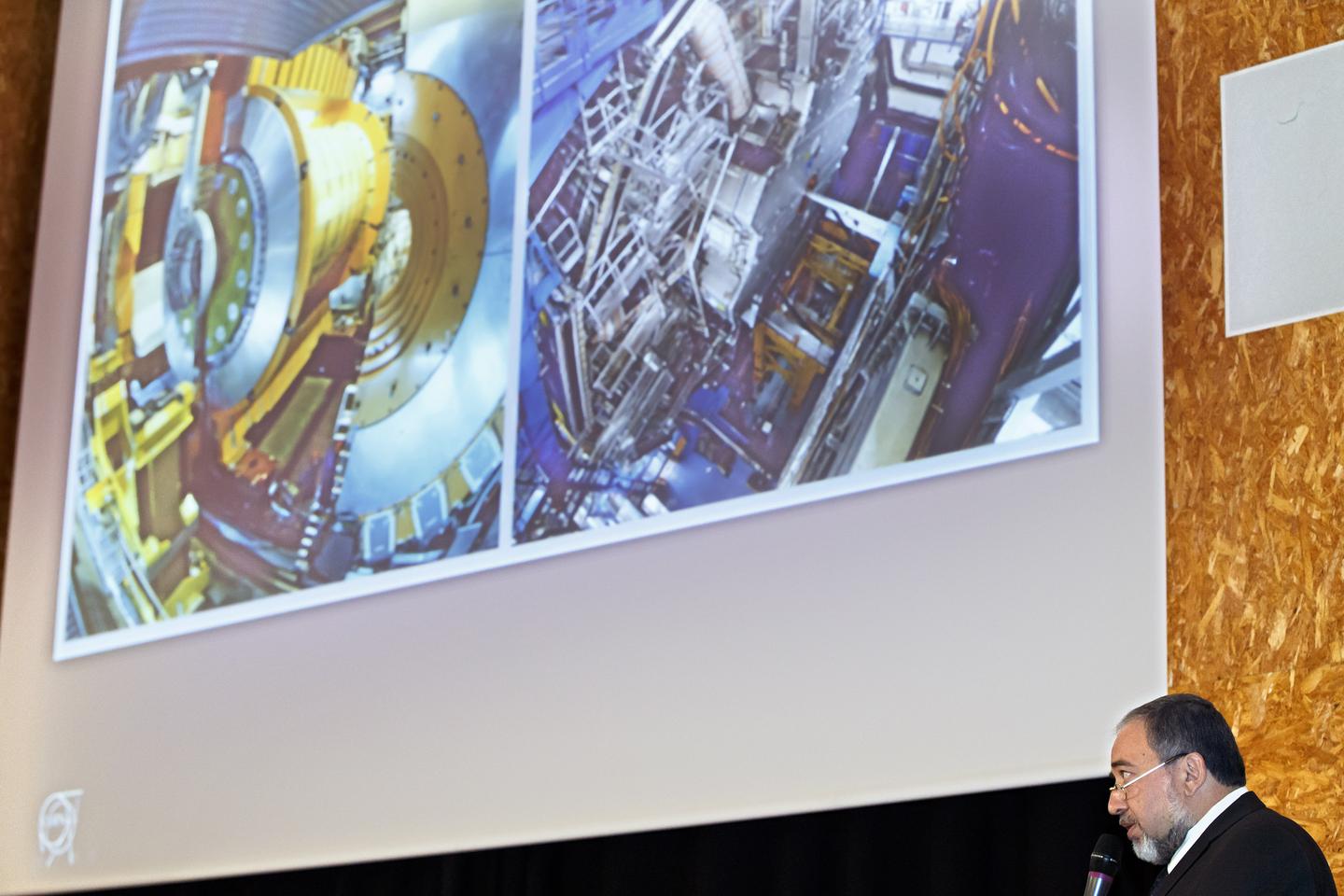
In the summer of 1968, while a visitor in CERN’s theory division, Gabriele Veneziano wrote a paper titled “Construction of a crossing-symmetric, Regge behaved amplitude for linearly-rising trajectories”. He was trying to explain the strong interaction, but his paper wound up marking the beginning of string theory.
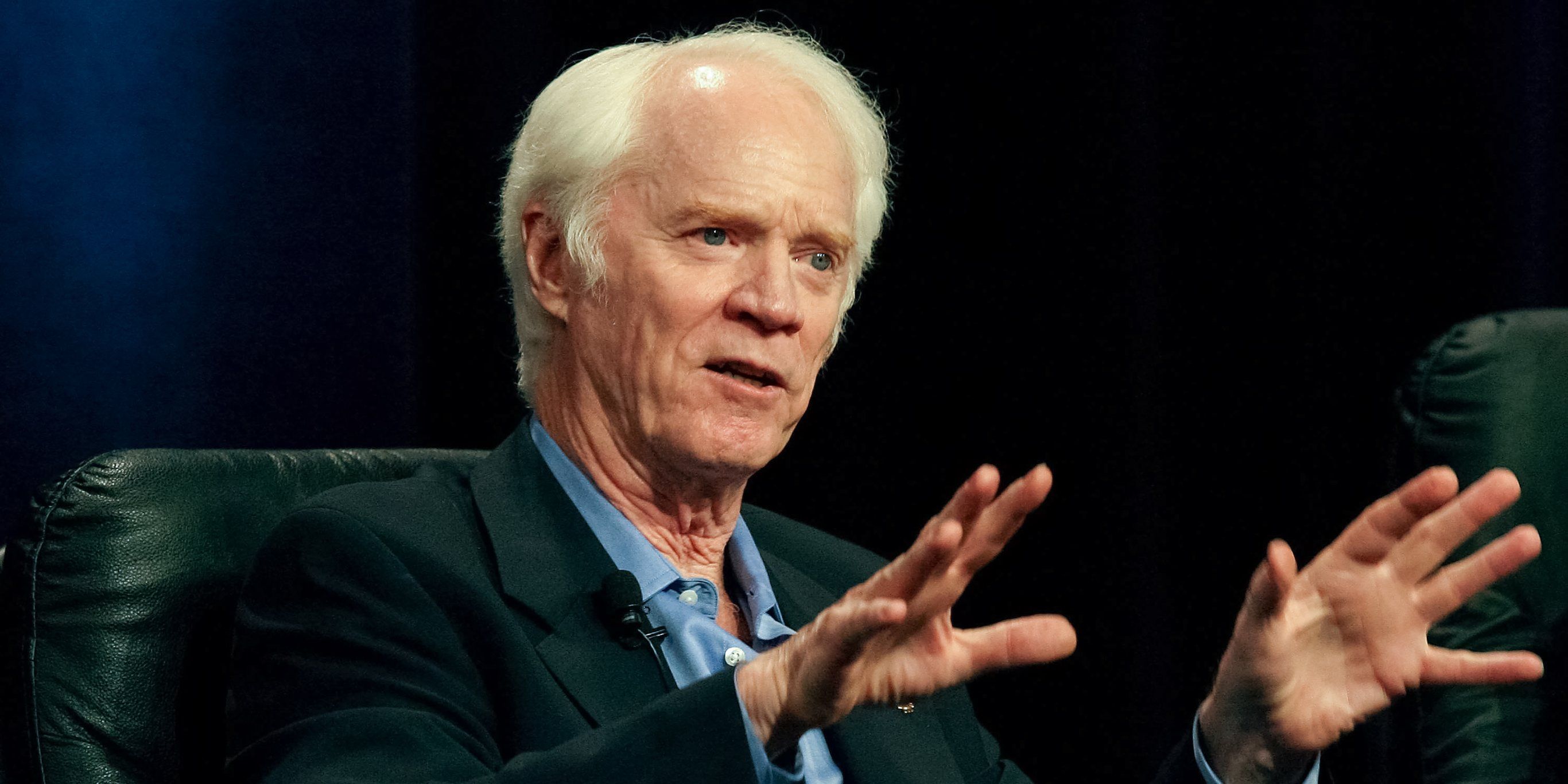
Killer asteroids might be a bigger threat than you think.
A former NASA astronaut says the agency he used to work for has a duty to protect civilians from killer asteroids, but that it isn’t meeting that obligation.
The threat of asteroid strikes might seem as abstract as outer space itself. But the risk, while infrequent, is real — and potentially more deadly than the threat posed by some of the most powerful nuclear weapons ever detonated.

Gardens are good for you. Having 10 per cent more green space in your surroundings can bring health improvements roughly equivalent to being five years younger, according to one study – even when other possible influences like socio-economic status are taken into account. Others have found that people who tend allotments are healthier and have higher self-esteem and well-being, and that each session on their plot is linked to a decrease in the level of the stress hormone cortisol.
So there are lots of reasons to get outside and get growing. Plenty of advice has remained gardening gospel despite going against the laws of nature. We’ve pruned back some of horticulture’s hardiest myths to help you along.


Click on photo to start video.
LIVE ROCKET LAUNCH: Watch as NASA Astronaut Anne McClain, David Saint-Jacques of the Canadian Space Agency, and cosmonaut Oleg Kononenko of Роскосмос launch to the International Space Station from the Baikonur Cosmodrome in Kazakhstan. The crew will orbit Earth in a Soyuz spacecraft for six hours before docking to their new home and beginning their six-and-a-half month mission aboard our orbiting laboratory. Launch is scheduled for 6:31 a.m. EST, with live coverage starting at 5:30 a.m. ESTune in!
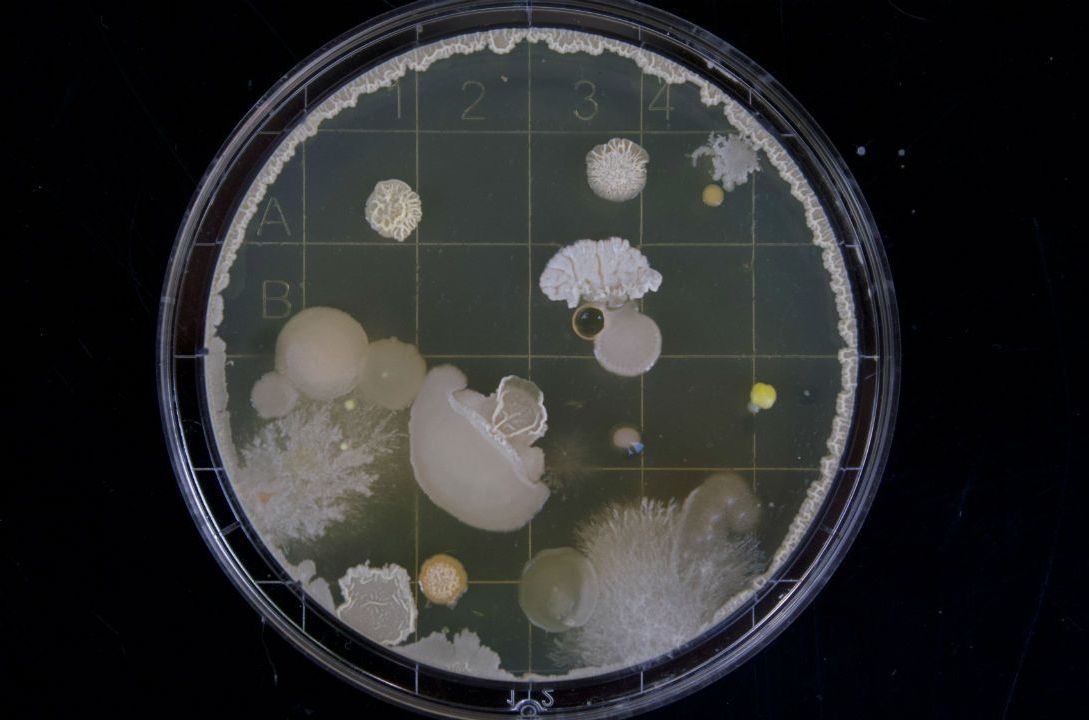
Researchers have identified over 6,000 antibiotic resistance genes found in bacteria that inhabit the human gut, which is home to trillions of micro-organisms, mainly bacteria.
“Most gut bacteria live in a harmless relationship with the human host. However, the gut is also home to bacteria that can cause infections in hospitalised patients,” said one of the researchers Willem van Schaik, Professor at the University of Birmingham.
“Unfortunately, these bacteria are becoming increasingly resistant to antibiotics and we need to understand the processes that contribute to this development,” he added.
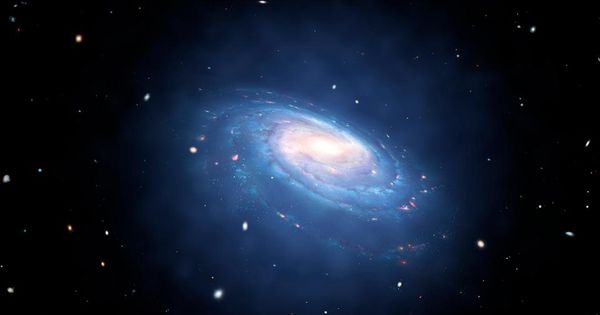
Scientists have now constructed atomic clocks so precise and sensitive that they can measure the gravitational distortion of spacetime and may even help solve the mystery of dark matter.
The latest experimental atomic clocks at the National Institute of Standards and Technology (NIST) are doing their bit to improve timekeeping and navigation, but they’ve also gone much further. They can detect faint signals from gravity and the early Universe and perhaps even dark matter.
The two clocks have smashed records for systematic uncertainty, stability and reproducibility, making them top-performing timepieces.
